- Putuo Zongcheng Temple was built after the Potala Palace in Lhasa, Tibet, also called the Little Potala Palace
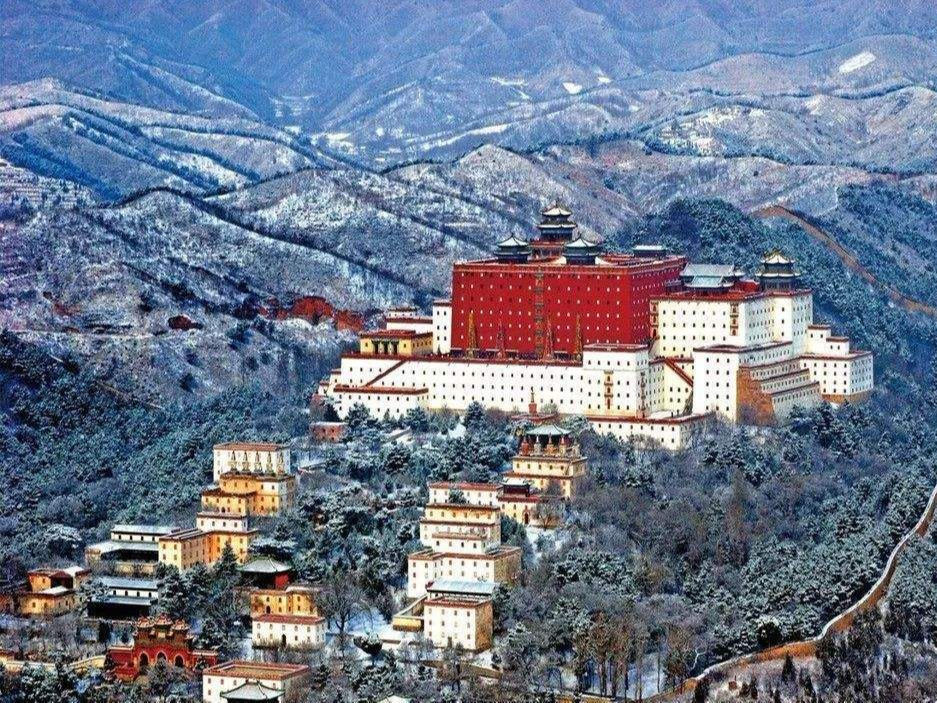
Putuo Zongcheng is the Chinese translation of Tibetan Potala. Although the Putuo Zongcheng Temple is not as majestic and towering as the Potala Palace, it is also exquisitely laid out like the Potala Palace, so it has the reputation of the Little Potala Palace.
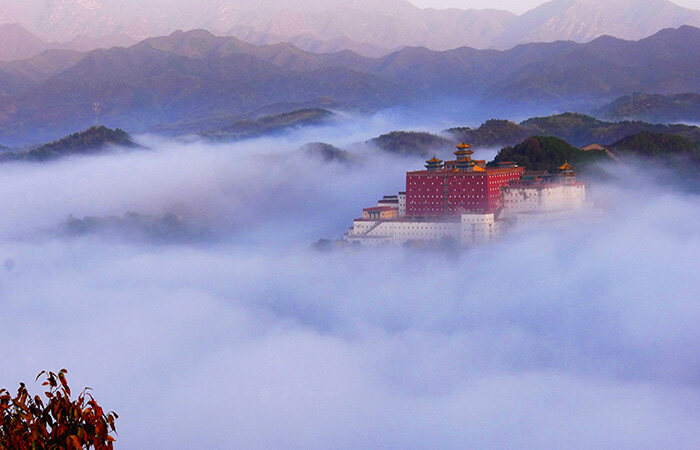
Putuo Zongcheng Temple is near Chengde Mountain Resort and covers an area of 220,000 square meters. It is the largest temple among the Outer Eight Temples. In the thirty-sixth year of Qianlong, tribal leaders from all frontiers gathered in Chengde to celebrate the 60th birthday of Emperor Qianlong and the 80th birthday of the Empress Dowager. In order to respect different beliefs and unite people of all ethnic groups, Emperor Qianlong made an order to build this temple with a royal aura.
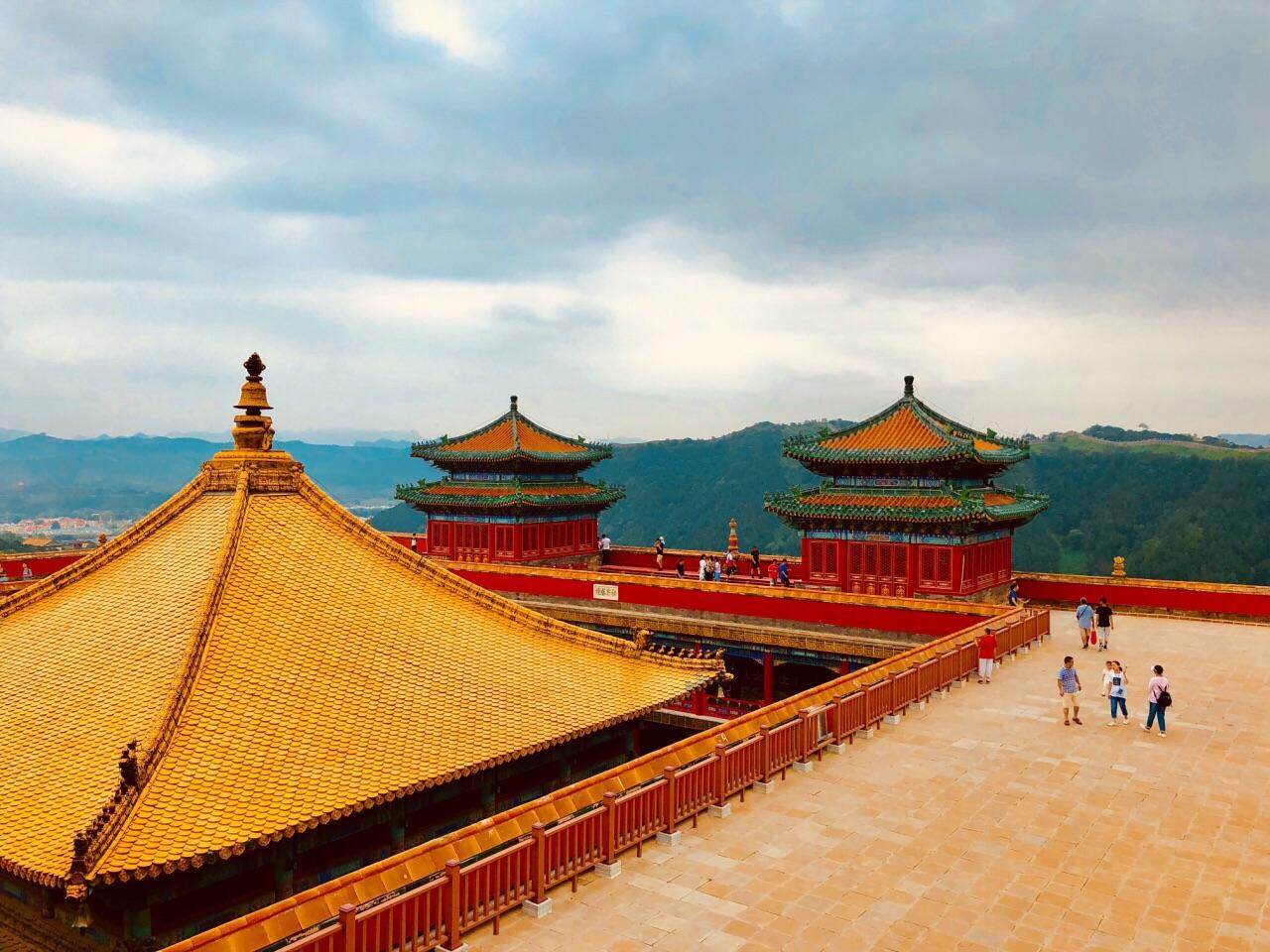
There are many large and small buildings in the temple, the architectural structure is exquisite, the landscape is well matched, and the layout is flexible without losing the royal style. The main part of the temple is the Dahongtai, 43 meters high, and the Wanfa Guiyi Hall in the middle of the platform is the main hall, towering majestically, with gleaming golden light, far higher than the other temples.
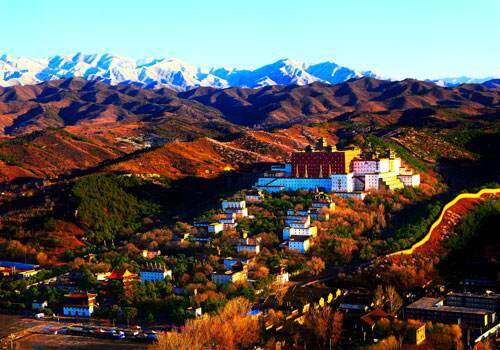
The bottom of the building is surrounded by a three-story group of buildings, with sharp contrast between the top and bottom, and the circulation of light and shadow creates a solemn and mysterious atmosphere. In recent years, the Royal Tower on the Dahongtai stage has grandly launched the national religious song and dance "Putuo's Light", which uses song and dance to show major events such as the completion of the temple, the emperor’s birthday, and the return of the Turhu Special Ministry. The singing expressed the strong centripetal force and cohesion of the Chinese nation in the heyday of Kangxi and Qianlong. Every morning, visitors can watch "Putuo's Light" on the throne where the former emperor enjoyed singing and dancing.
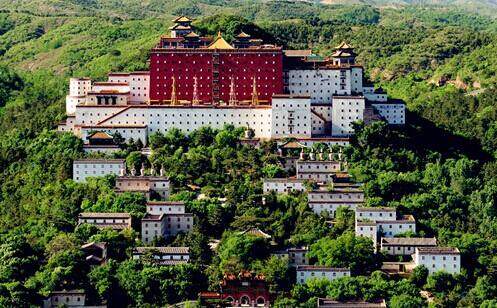
Generally speaking, Putuo Zongcheng Temple is not only the foundation of Chinese architecture, but also the characteristics of Tibetan architecture. It can be said to be one of the architectural models of the blending of Han and Tibetan cultures. Editor/He Yuting
Comment
 Praise
Praise
 Collect
Collect
 Comment
Comment
 Search
Search


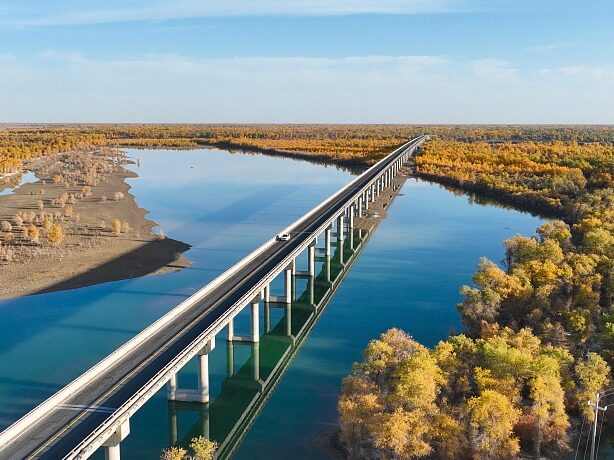
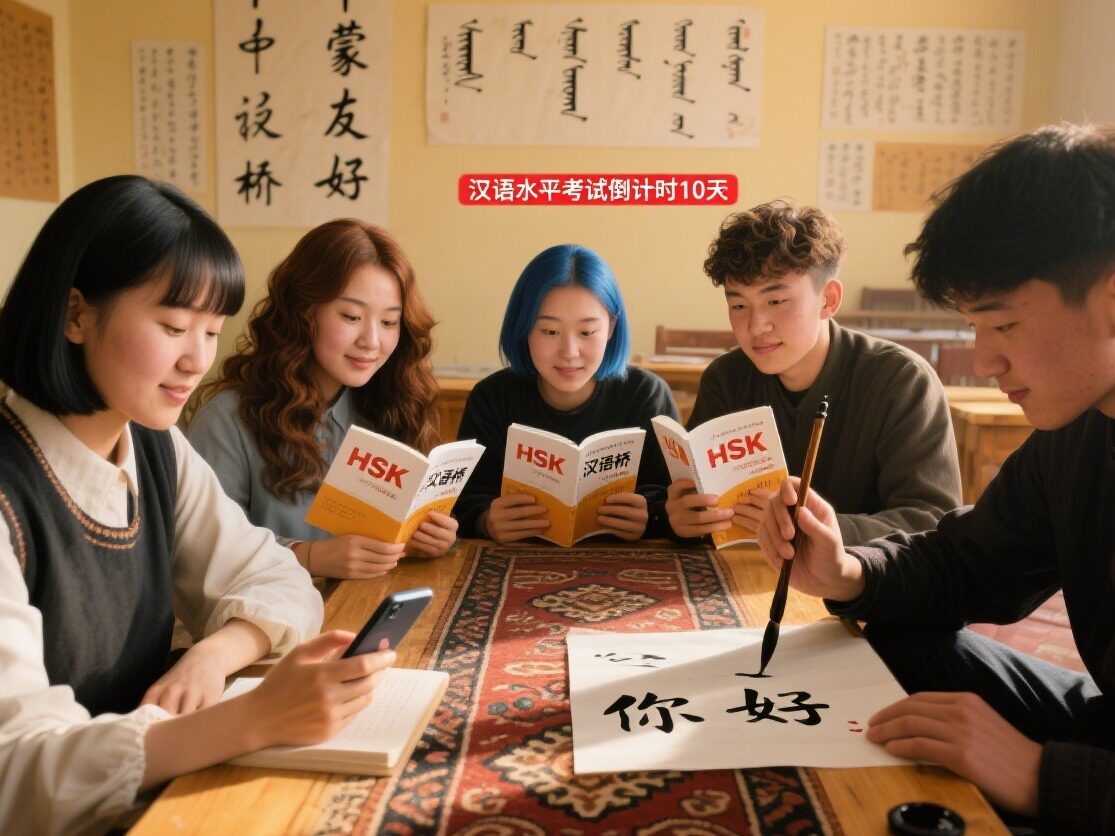
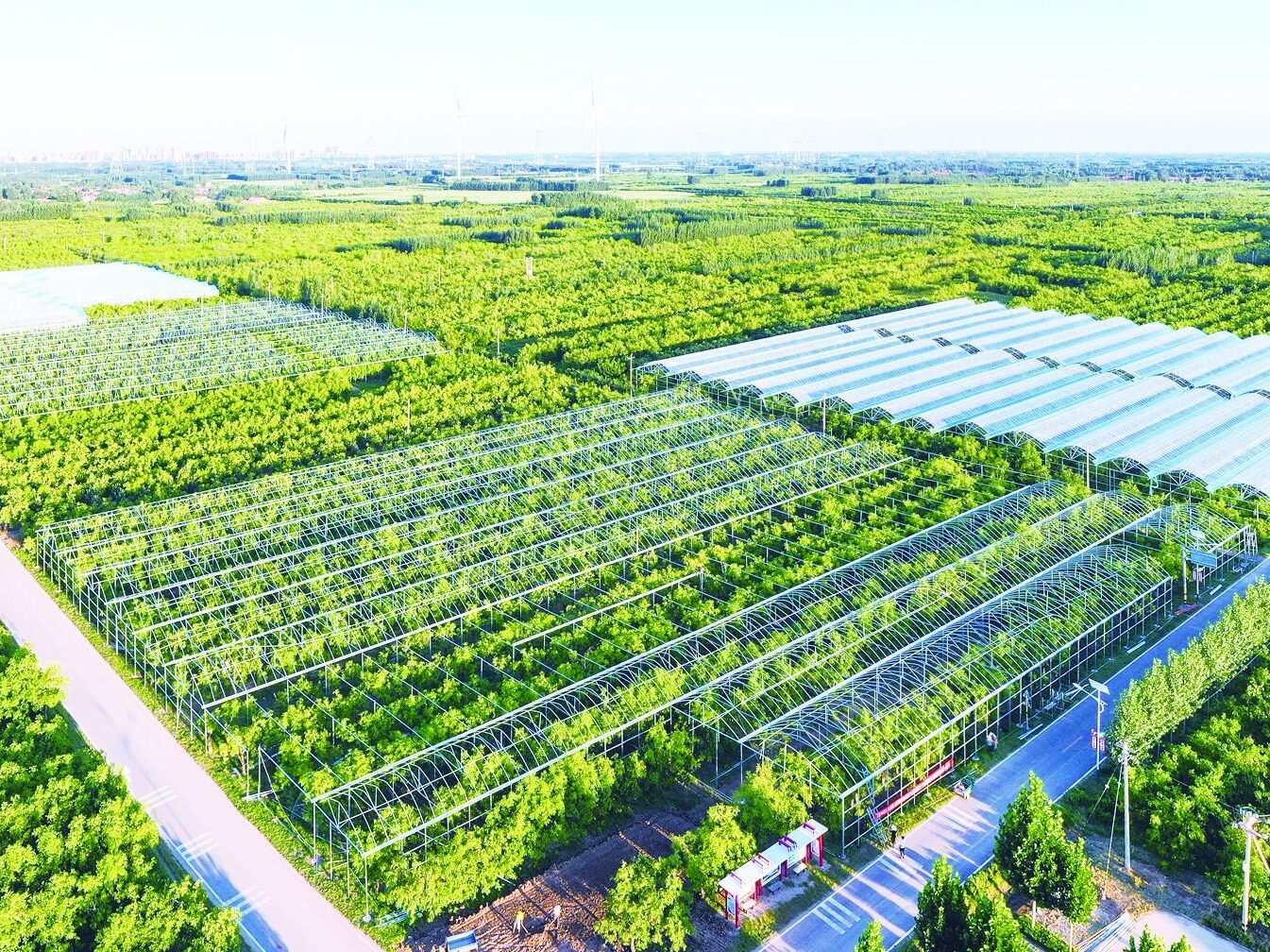
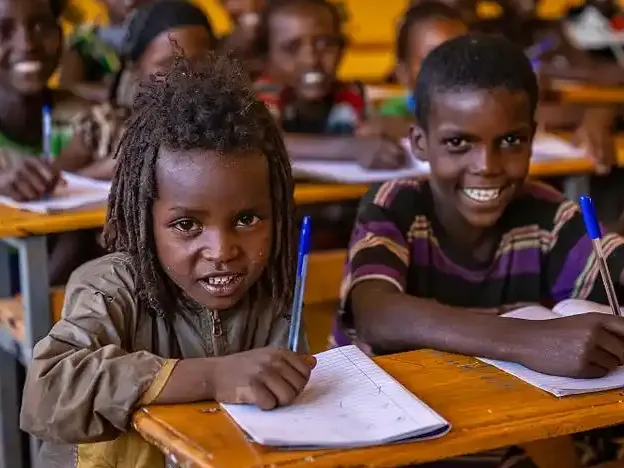
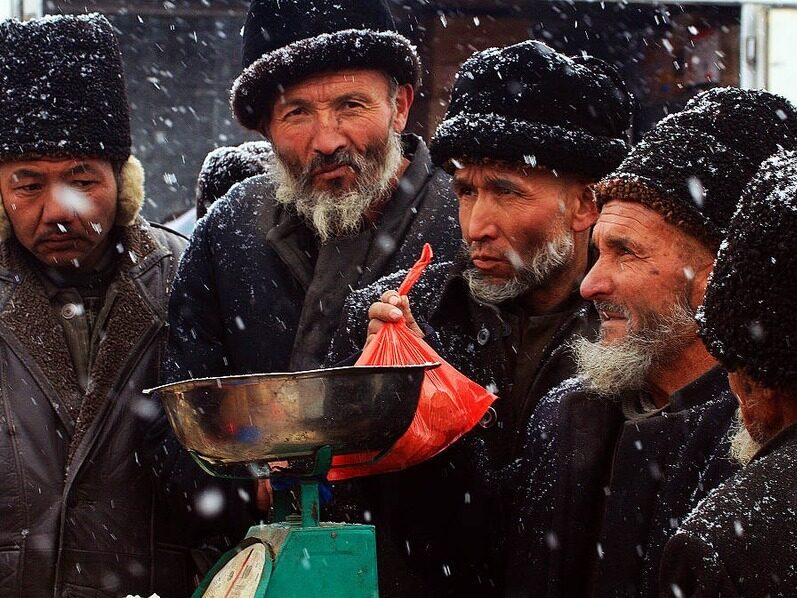
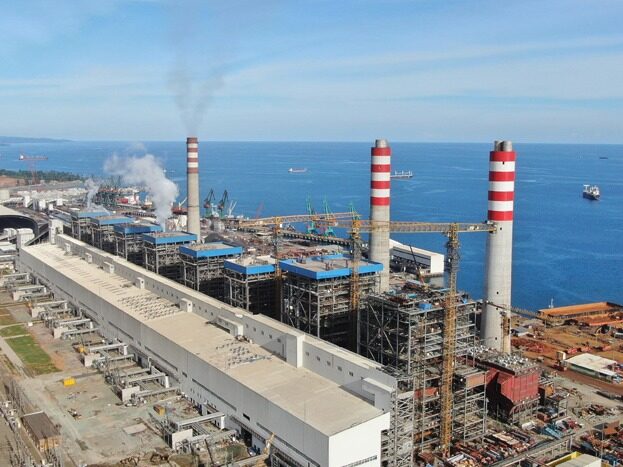






Write something~